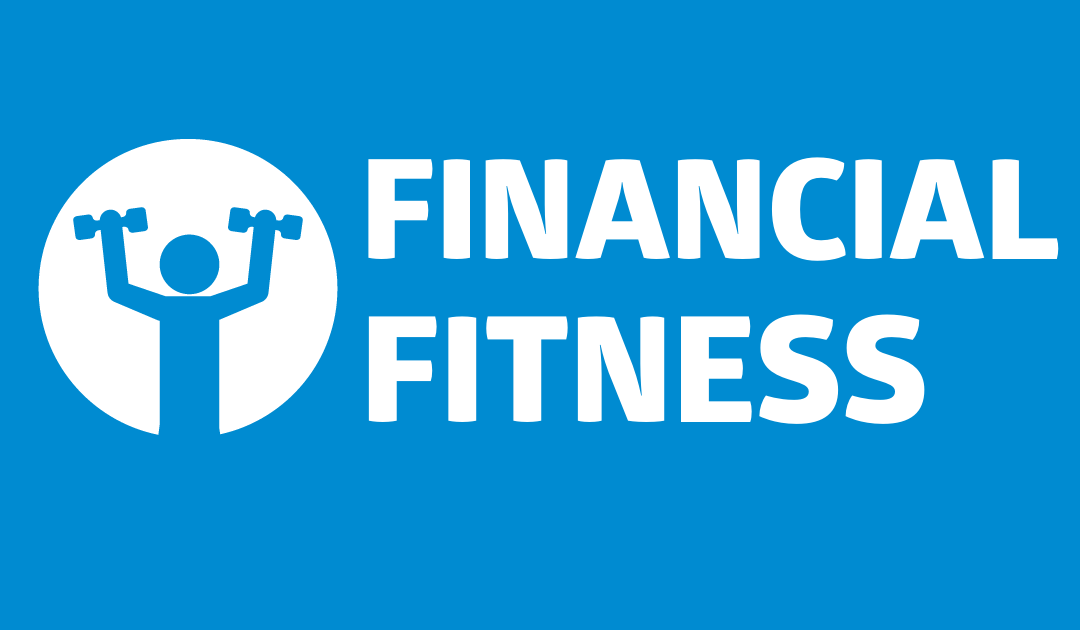By Charlestien Harris
Last week, I shared loss mitigation options for individuals with government sponsored enterprise (GSE) loans that are unable to make mortgage payments due to a COVID-19 financial hardship.
This week my attention will focus on the loss mitigation options available for FHA (Federal Housing Administration) backed loans. If you discover you can’t make your mortgage payment, your servicer (the organization to which you make your monthly mortgage payments) must offer up to 6 months of delayed or reduced payments, called forbearance under the CARES Act.
If you request it, they must offer up to an additional 6 months of forbearance, for a total of 12 months.
On April 1, 2020, the US Department of Housing and Urban Development’s (HUD) Federal Housing Administration issued guidance in Mortgagee Letter 2020-06 informing mortgagees of special loss mitigation options available to single-family mortgage loan borrowers affected by the COVID-19 pandemic.
The guidance applies to all FHA Title II Single Family mortgage programs. The content of the letter is significant because it implemented the forbearance requirement set forth in Section 4022 of the Coronavirus Aid, Relief, and Economic Security (CARES) Act passed by congress in March of this year.
After the forbearance period has expired, there are several options that are available to cure the delinquency of the FHA home mortgage. With the FHA loan product, the servicer must complete a COVID-19 Loss Mitigation option with the borrower no later than 90 days from the completion or expiration of the COVID-19 Forbearance.
A trial payment plan is not required for a borrower to be eligible for a FHA COVID-19 Loss Mitigation Option. Under FHA guidelines, the owner-occupant borrower who is current or less than 30 Days past due as of March 1, 2020 must be reviewed for several COVID-19 Home Retention Options.
One of those options is the COVID-19 Standalone Partial Claim and it does not require a lump sum repayment at the end of the forbearance period. A partial claim is a zero interest, no fee, junior lien on the borrower’s property that will become payable when the borrower sells their home, pays off their mortgage, or their mortgage otherwise terminates.
The property must be owner occupied, the borrower must be able to resume making normal monthly payments and the accumulated late charges, fees and penalties are waived. The partial claim takes the total PITI (Principle, Interest, Taxes, Insurance) delinquent amount and creates a second position non-interest bearing lien. The delinquent amount becomes due at maturity or sale or refinance of original FHA Loan.
The COVID-19 Standalone Partial Claim option happens immediately after the COVID-19 Forbearance option without requiring the servicer to first evaluate a borrower for a modification. However, a borrower can receive only one COVID-19 Standalone Partial Claim. The partial claim cannot exceed 30% of the current value of the home, including any prior partial claims.
If the borrower does not qualify for the COVID-19 Standalone Partial Claim, FHA offers other tools to help repay missed payments over time. Since FHA offers numerous loss mitigation options, over the next few weeks I will breakdown the specifics of each of those options. As always, you can contact me at 662-624-5776 or email me at charlestien.harris@southernpartners.org with your questions. Until next week, stay financially fit!

